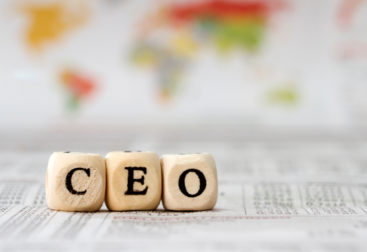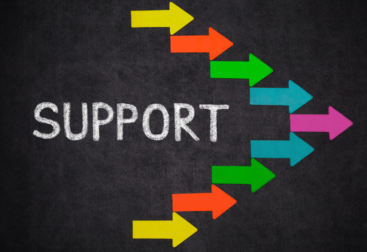Branding is more than logos, catchy slogans, and aesthetically pleasing packaging—it’s a psychological game. Every successful brand knows that consumer decisions aren’t always rational; they’re influenced by subconscious factors, emotional triggers, and deep-seated associations. Understanding the hidden psychology behind branding can help businesses create lasting impressions and cultivate brand loyalty.
The Role of Emotional Connection in Branding
Consumers don’t just buy products; they buy feelings. A strong emotional connection with a brand can influence purchasing decisions more than price or functionality. Take Apple, for instance—its sleek design, user-friendly interface, and minimalist marketing evoke a sense of exclusivity and innovation. Many Apple users remain loyal not because the technology is always superior, but because the brand makes them feel a certain way: creative, cutting-edge, and part of a global community.
Emotional branding taps into human psychology by triggering responses linked to identity, nostalgia, or aspiration. Some common emotions brands use include trust and security (such as banks and insurance companies), happiness and fun (Coca-Cola, Disney), belonging and community (Nike, Harley-Davidson), and luxury and exclusivity (Rolex, Louis Vuitton). Brands that effectively communicate these emotions create an intangible yet powerful connection with their consumers.
Cognitive Biases That Influence Brand Preferences
Psychologists have identified several cognitive biases that drive brand loyalty and influence customer choices. Understanding these can help businesses design marketing strategies that feel natural and persuasive.
The mere exposure effect explains why people tend to develop a preference for things they are repeatedly exposed to. This is why brands invest heavily in advertising—it’s not just about informing the consumer; it’s about familiarity. The more often we see a brand, the more we trust it, even subconsciously.
The halo effect occurs when the perception of one positive trait in a brand influences a customer’s overall impression. If a company is known for exceptional customer service, consumers may assume its products are high-quality—even without testing them. Apple benefits from this effect, as customers believe all Apple products must be great because of the brand’s premium reputation.
Social proof and herd mentality play a significant role in decision-making. Humans are naturally inclined to follow the crowd. When we see others endorsing a brand—whether through online reviews, influencer partnerships, or word-of-mouth recommendations—we are more likely to trust it ourselves. This is why social media marketing has become so powerful; seeing thousands of positive comments about a brand reinforces its credibility.
The scarcity principle drives urgency and fear of missing out (FOMO). Limited-edition releases, exclusive memberships, and time-sensitive discounts create a sense of rarity that makes products more desirable. Luxury brands use this tactic extensively to maintain their elite status.
Brand Identity and Personal Association
Customers don’t just buy products—they buy personal identity. The brands people choose reflect how they perceive themselves or how they want to be perceived. Someone who buys Patagonia products may identify as an environmentally conscious adventurer, while a Tesla owner may see themselves as a forward-thinking innovator.
Brand identity is built on symbols, slogans, and storytelling that resonate with personal values and lifestyle aspirations. Companies that successfully craft a compelling brand narrative gain loyal customers who feel a personal connection to the brand.
Leveraging Psychology for Brand Success
Businesses can use psychological branding techniques to strengthen customer relationships and enhance market position. Storytelling marketing helps brands evoke emotions that stick with customers by sharing compelling narratives, such as origin stories, missions, or commitments to social causes.
Sensory branding utilizes sound, scent, and visual elements to create unique brand experiences. The signature scent in Abercrombie stores or McDonald’s iconic jingle are prime examples. Personalization makes consumers feel valued and understood, increasing engagement by tailoring product recommendations and marketing messages to individual preferences.
Brand loyalty isn’t just about quality products—it’s about psychology. Customers choose brands based on familiarity, emotional connection, cognitive biases, and personal identity. Businesses that understand these subconscious influences can create powerful branding strategies that keep customers coming back.











